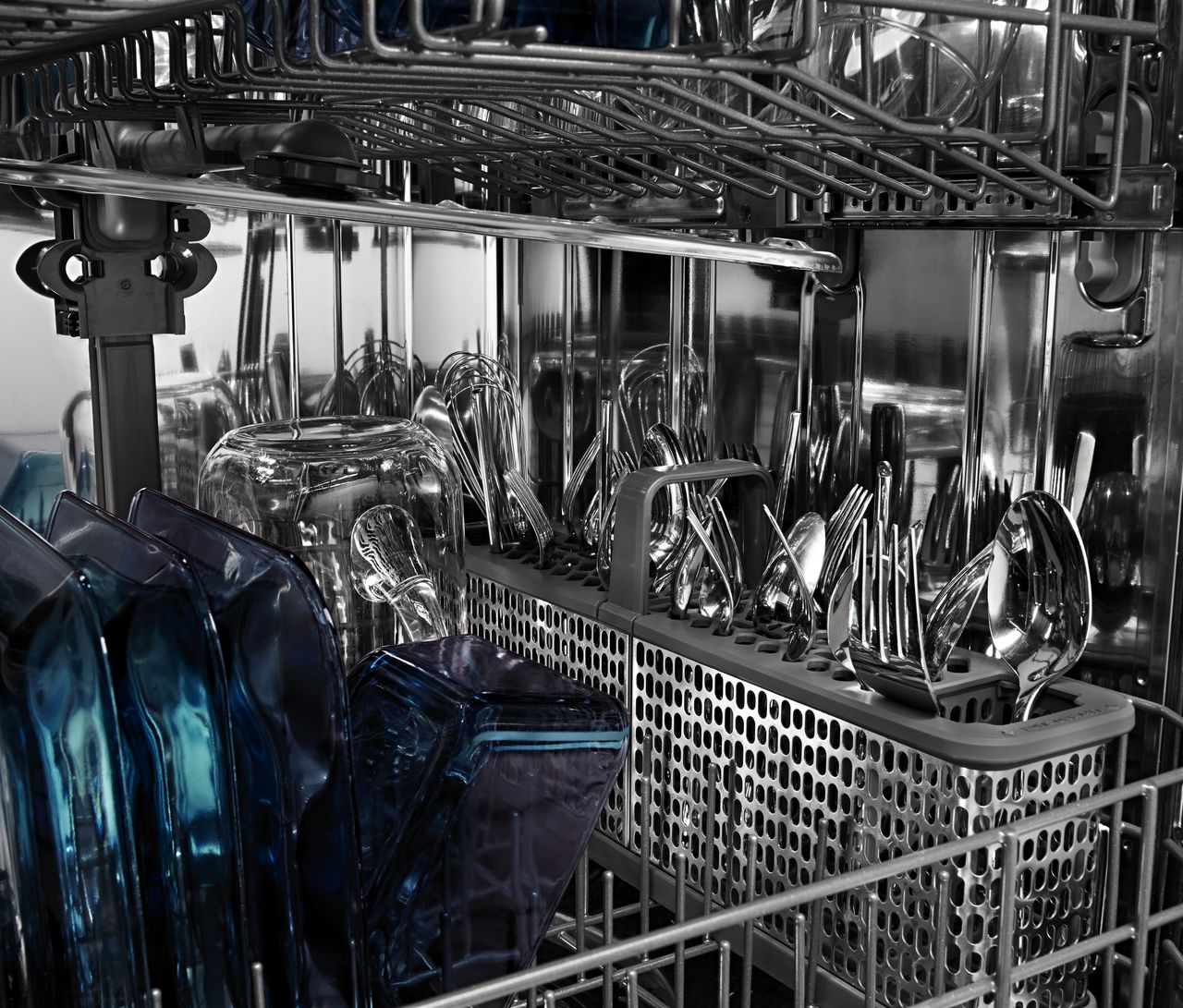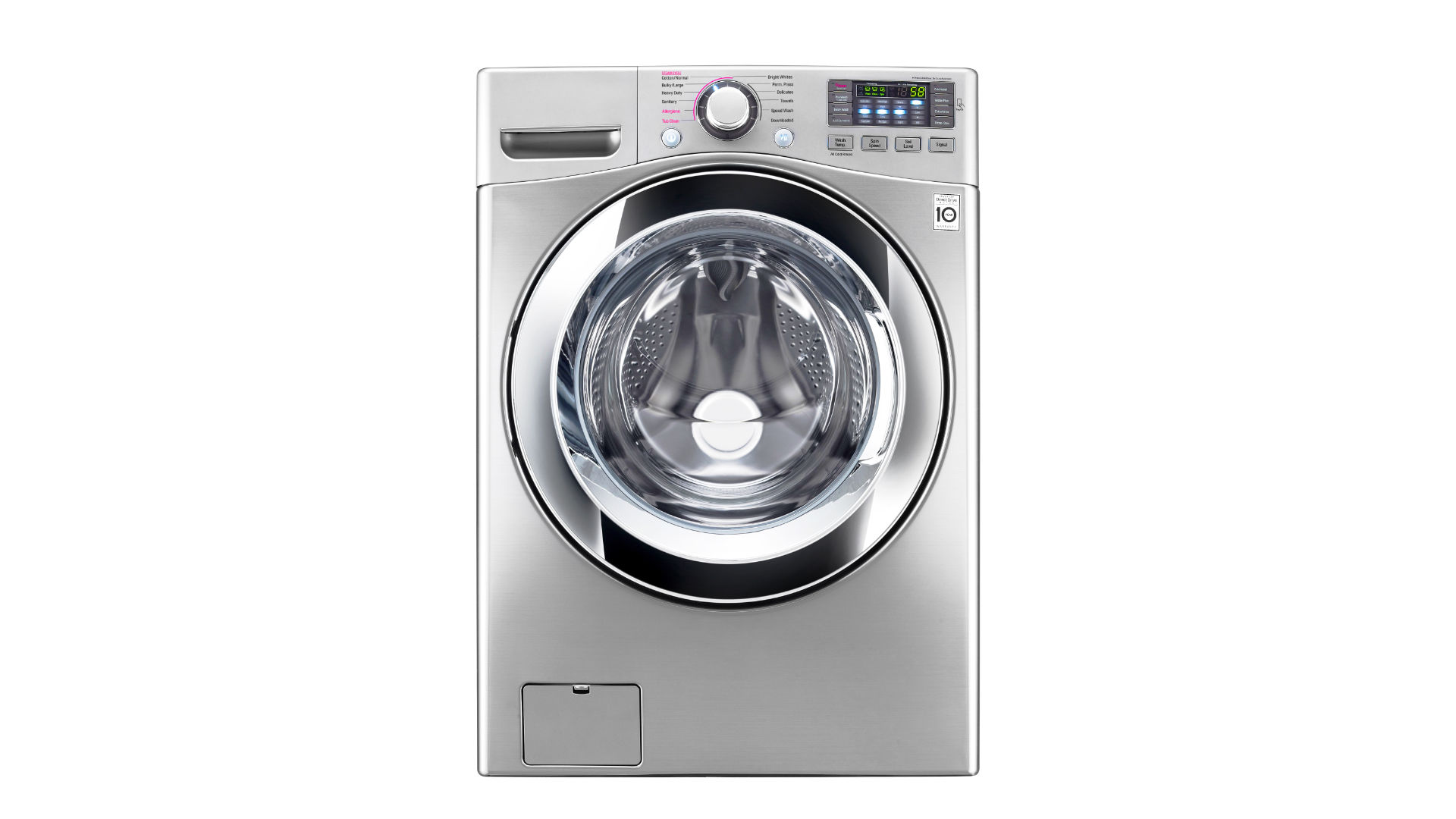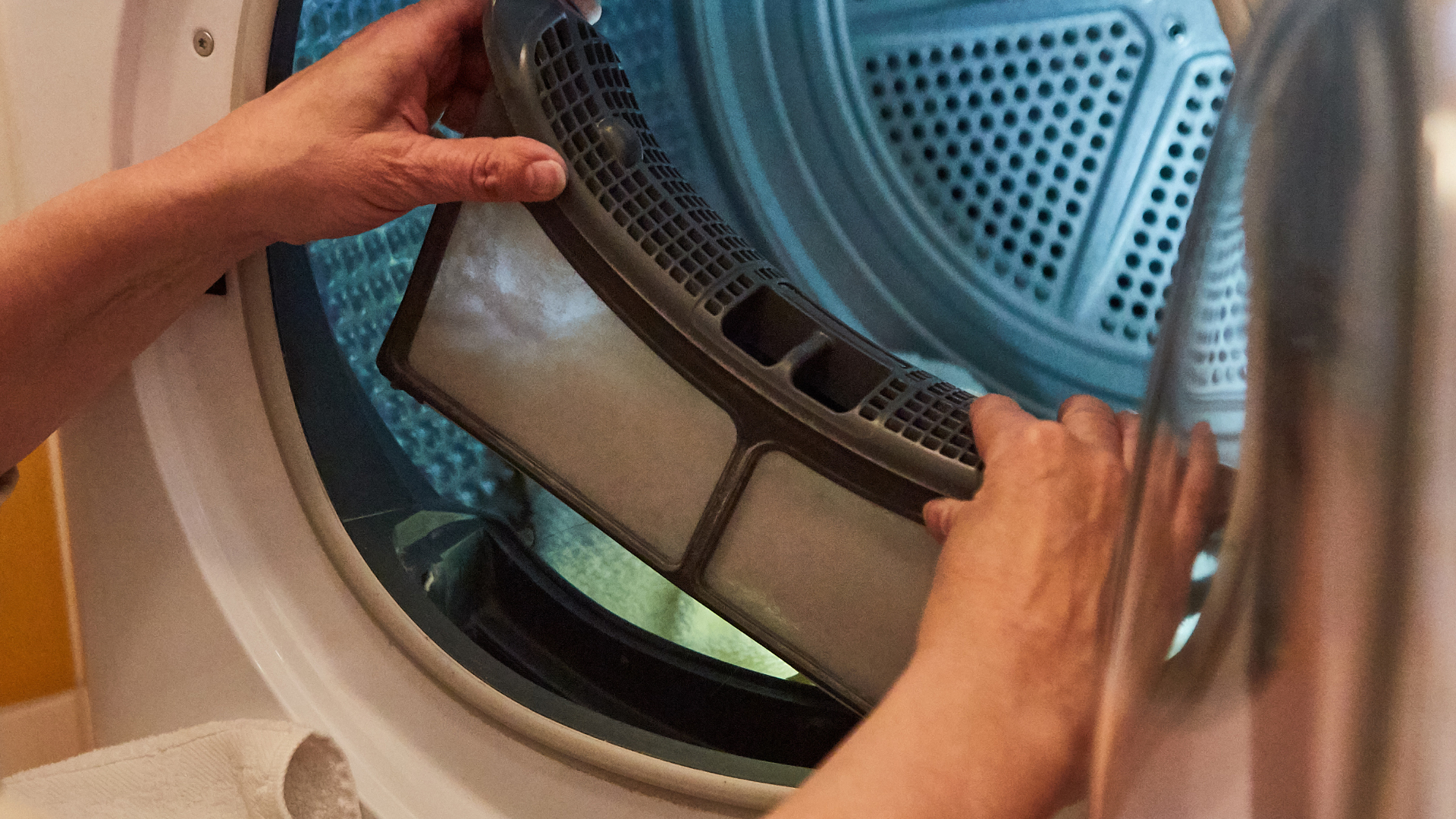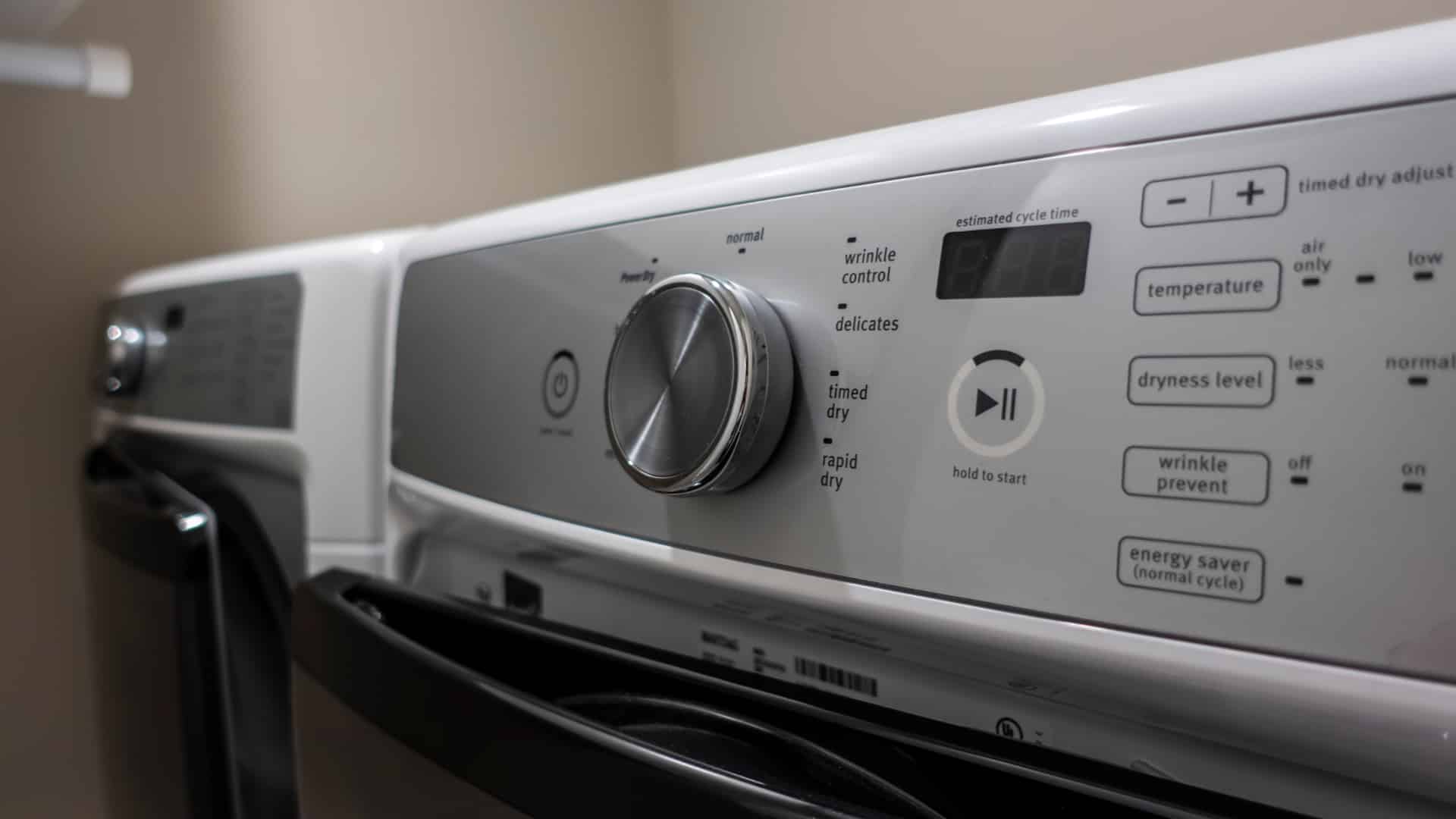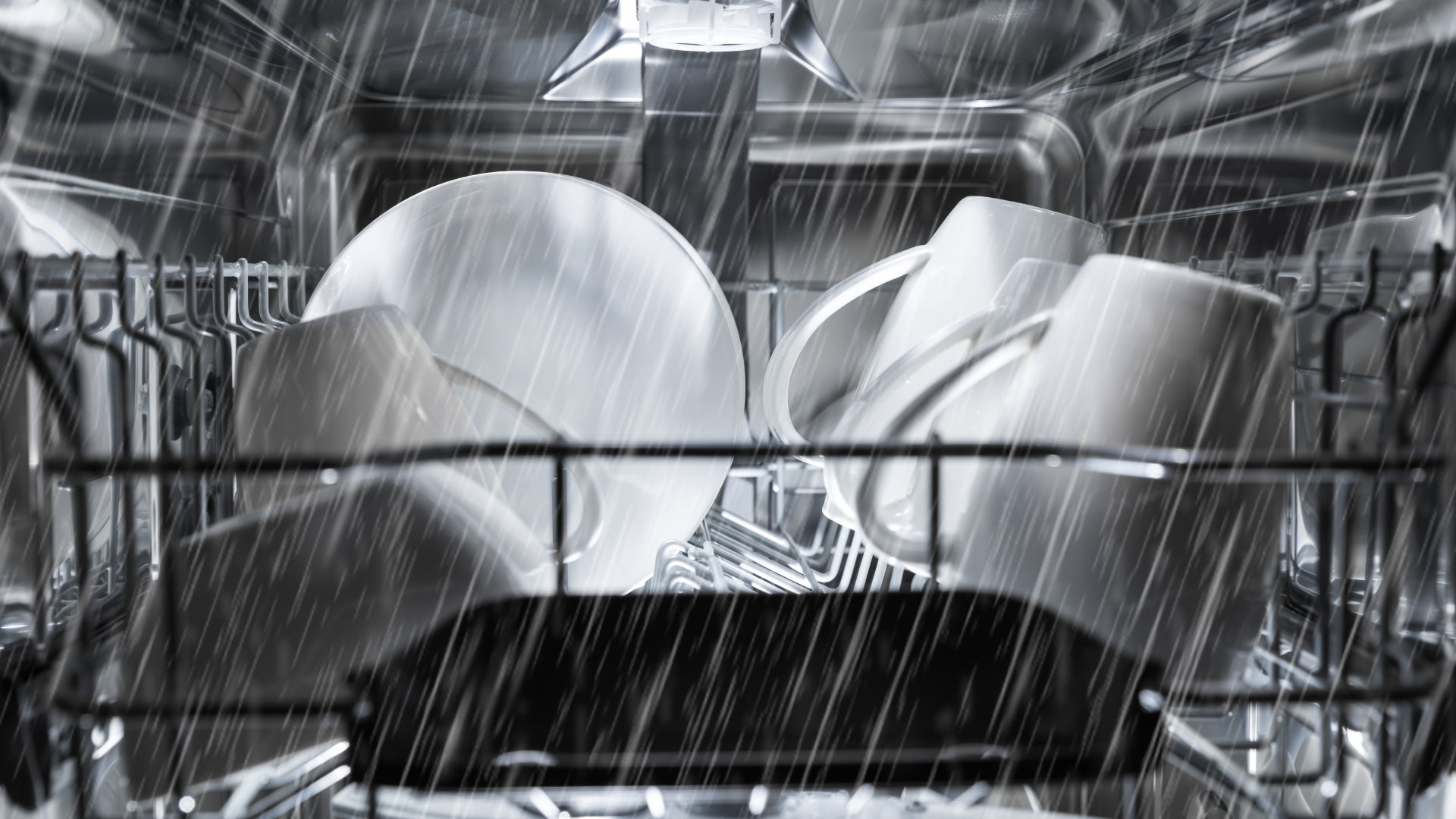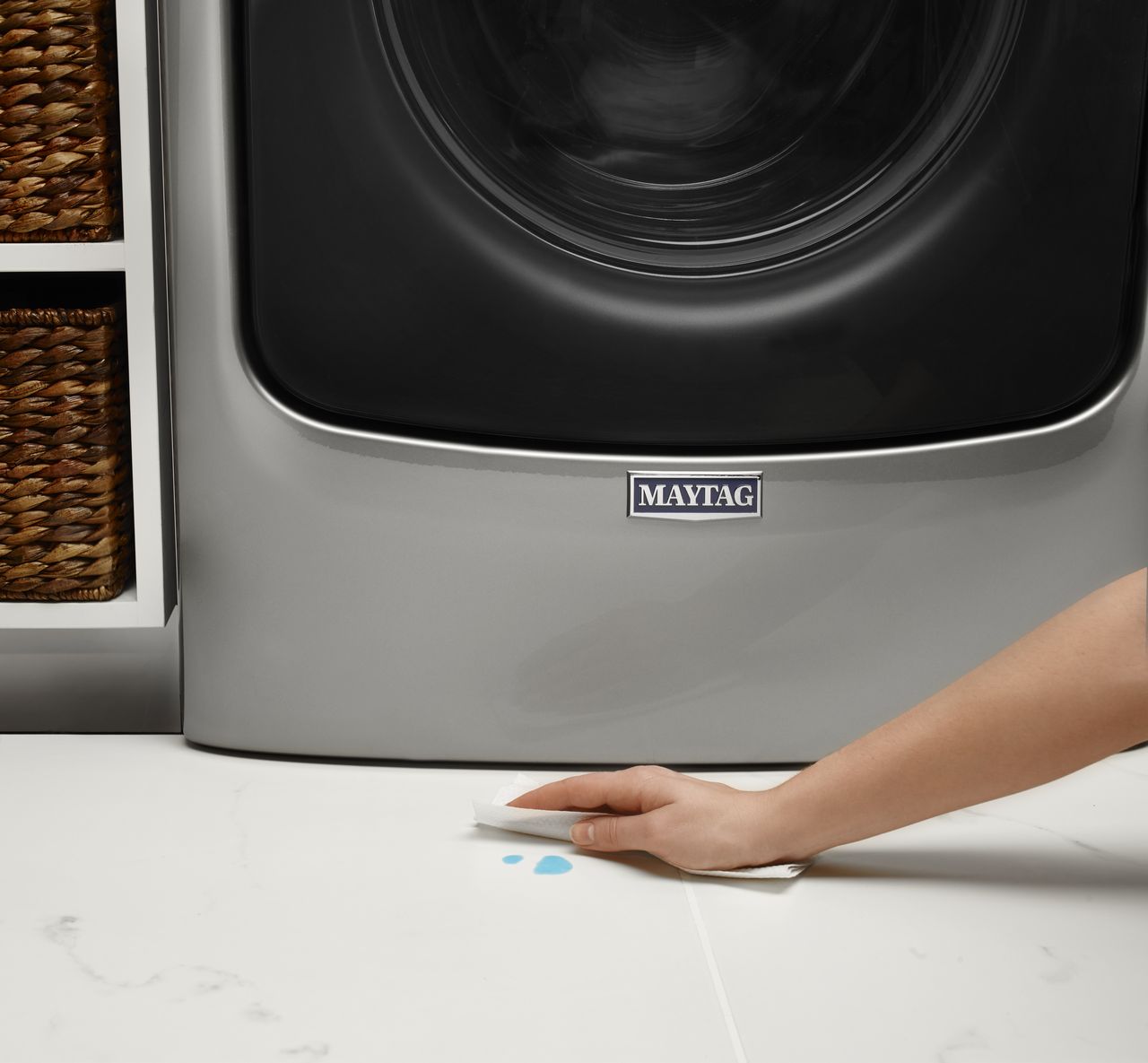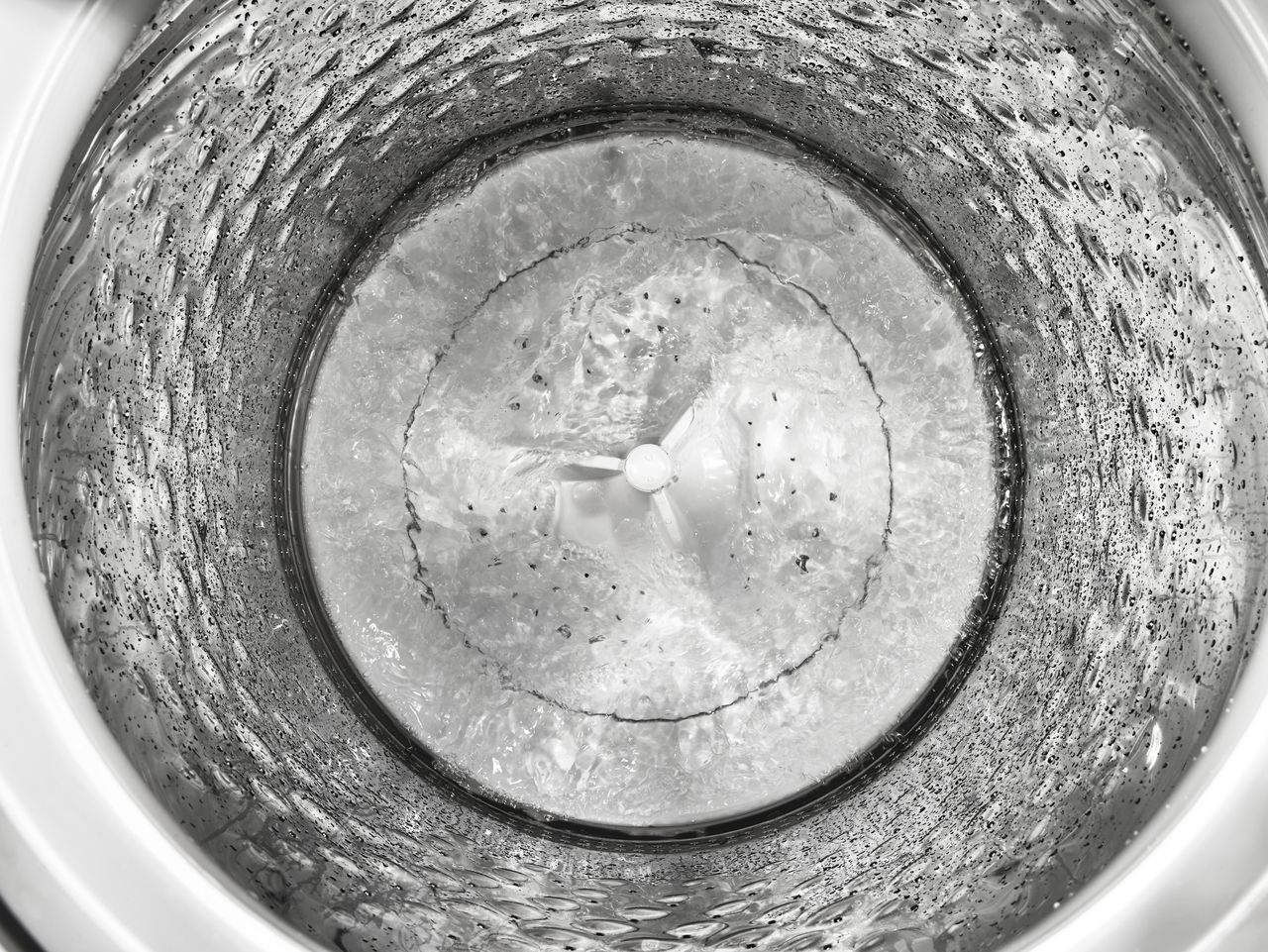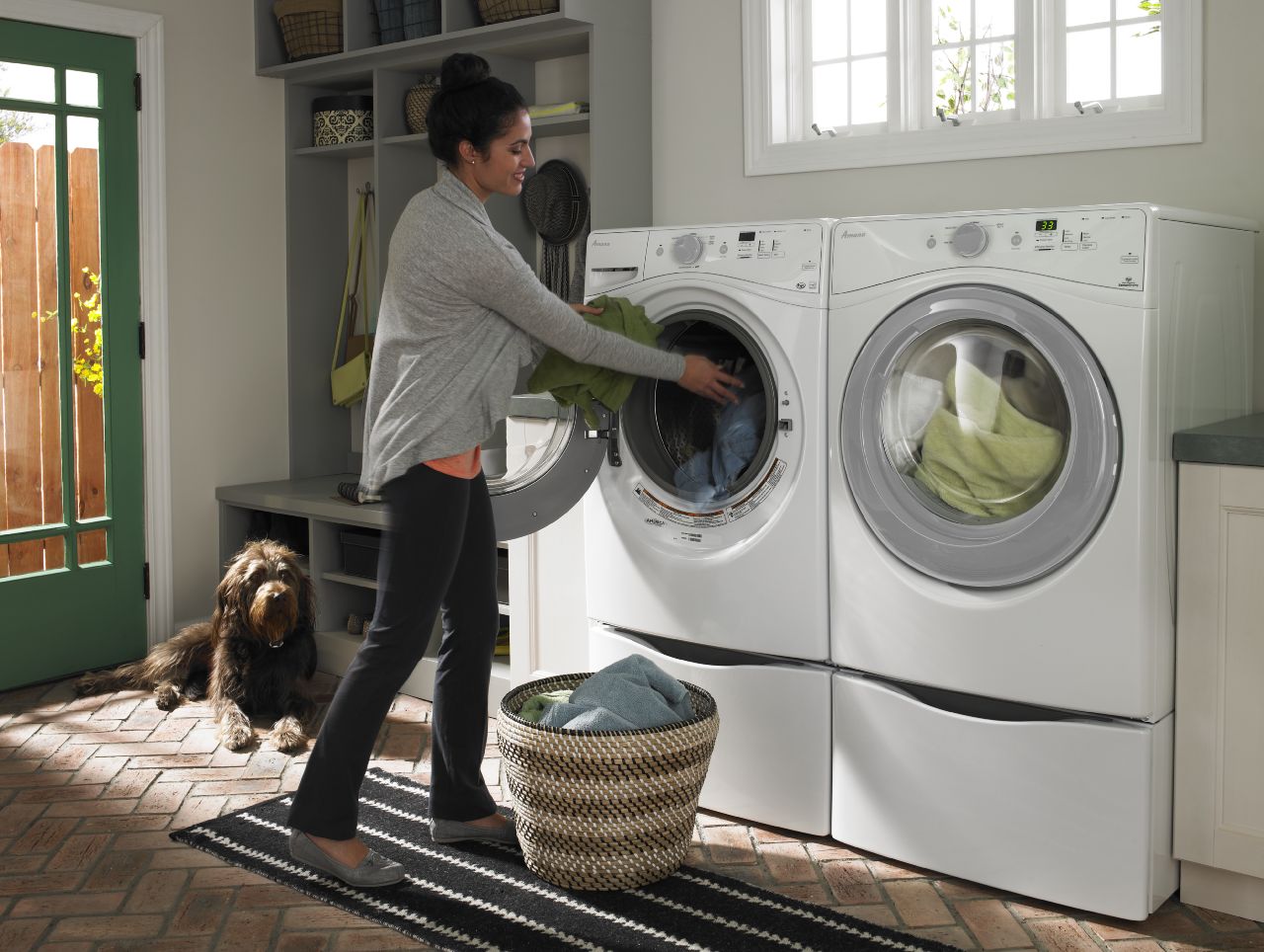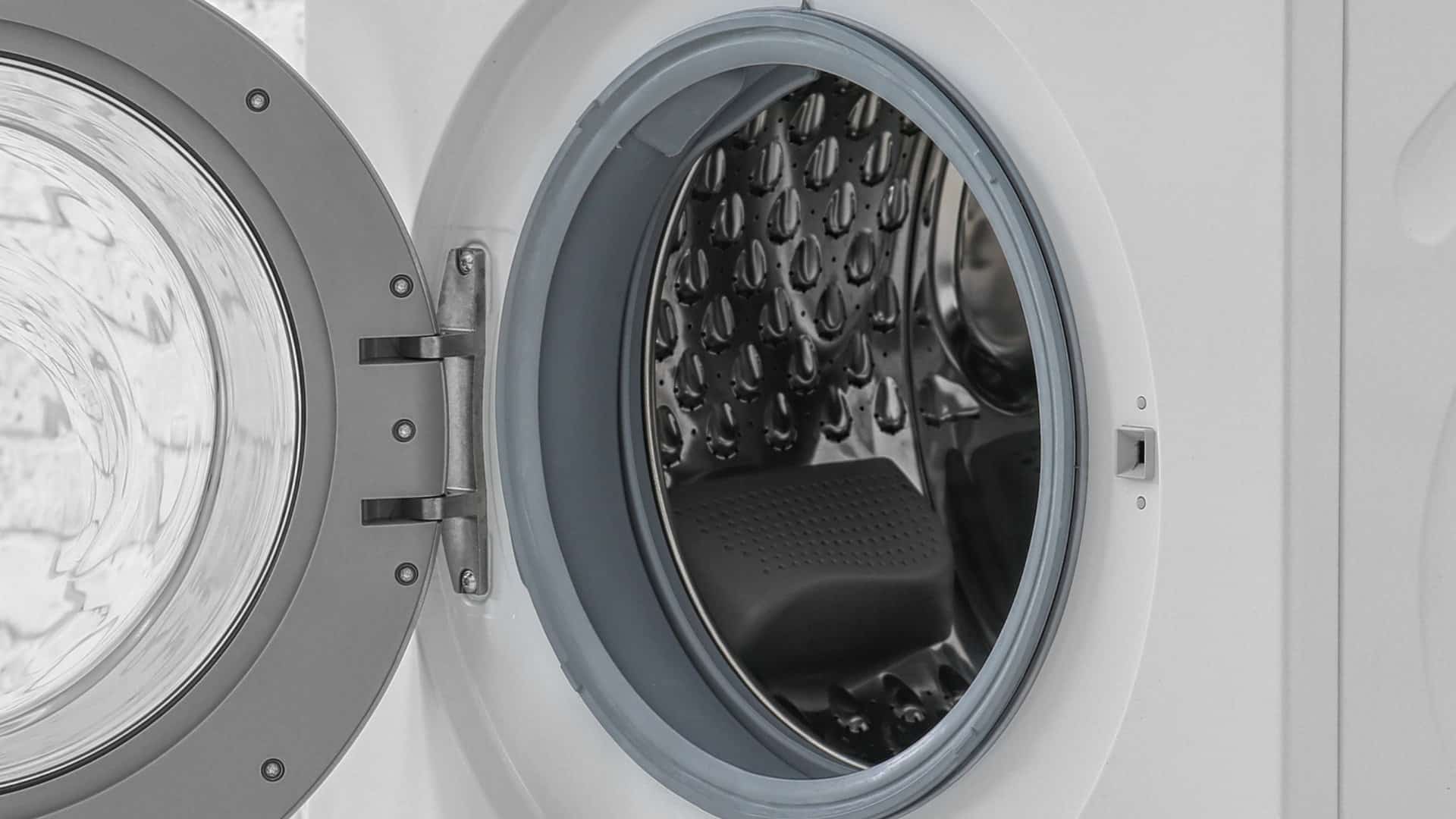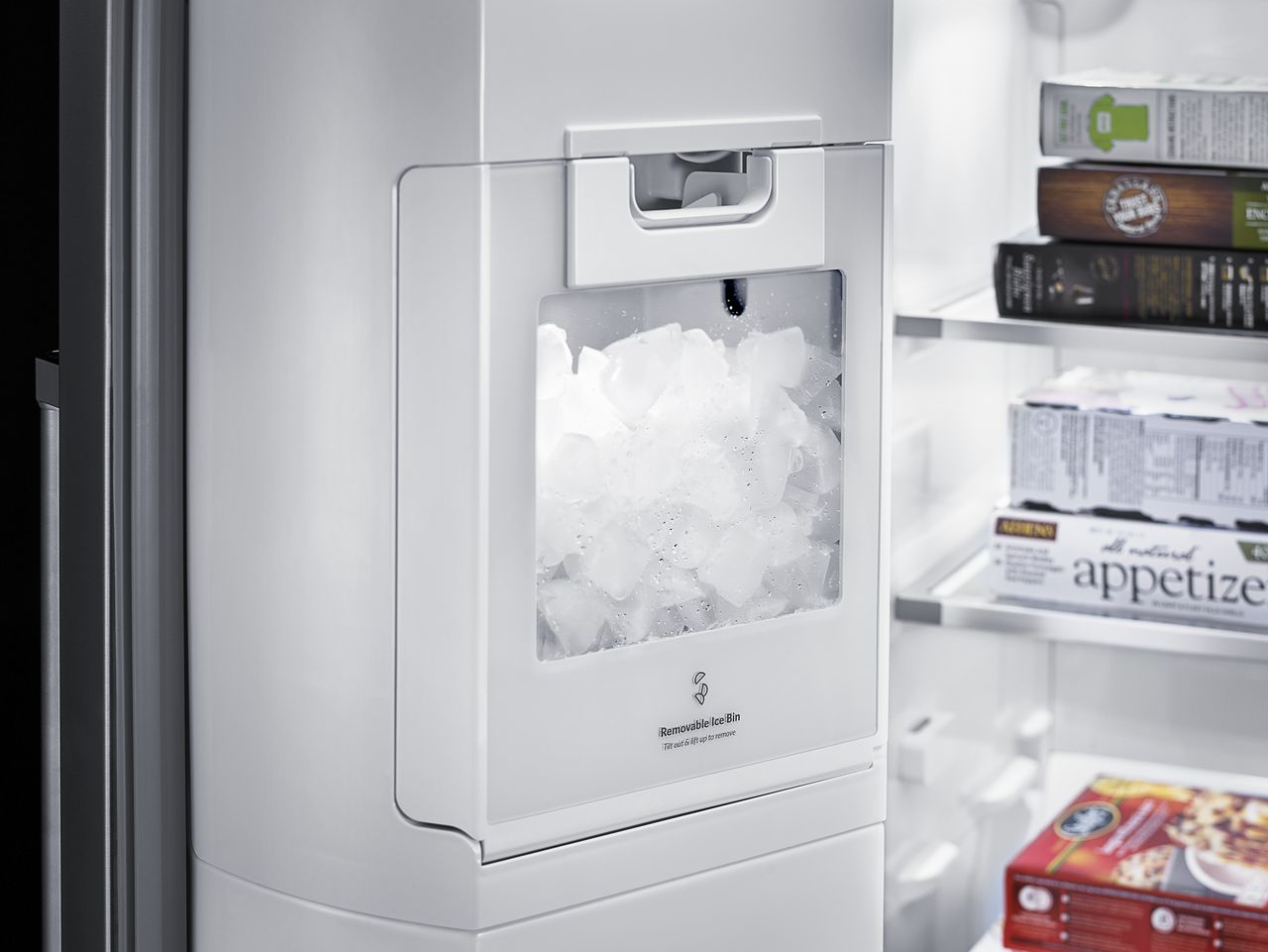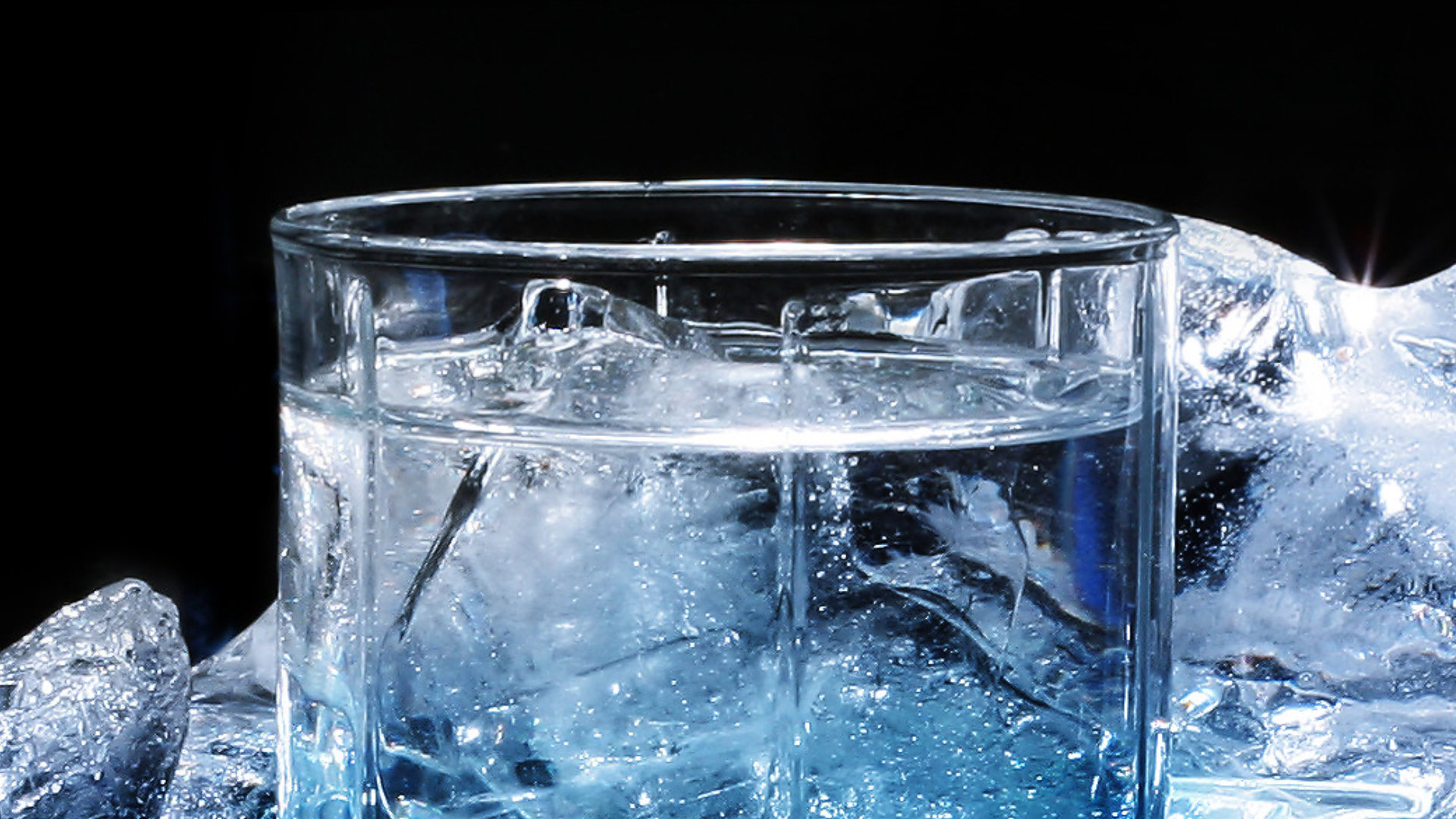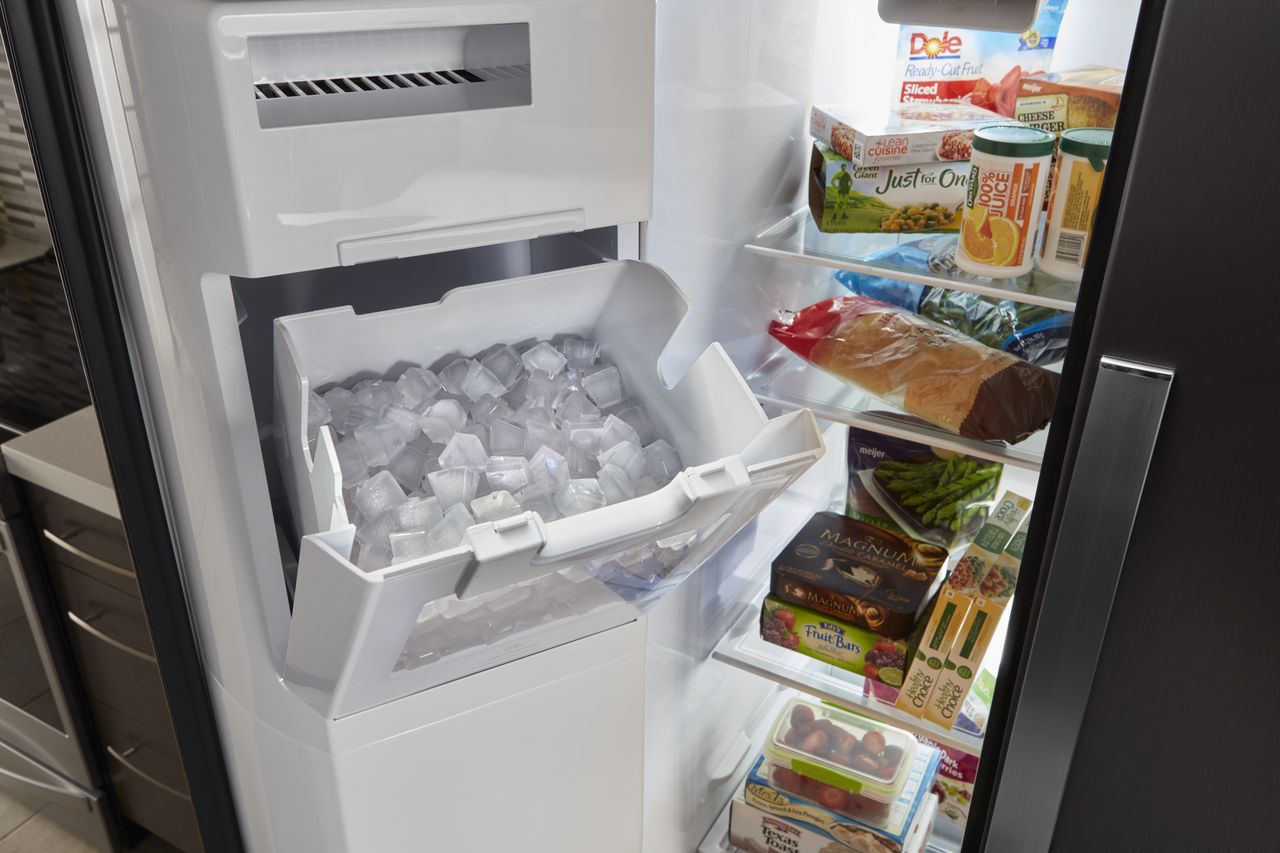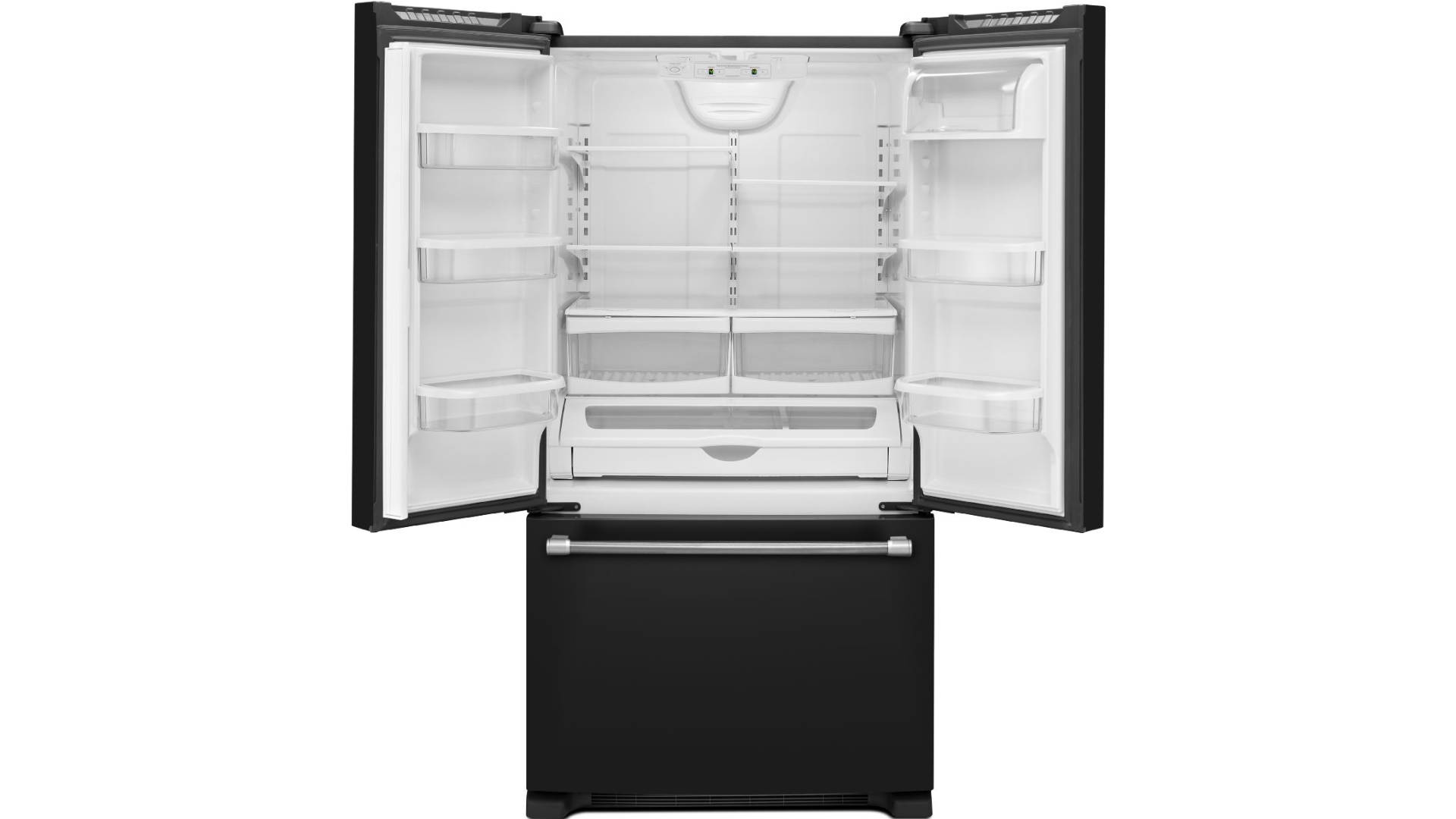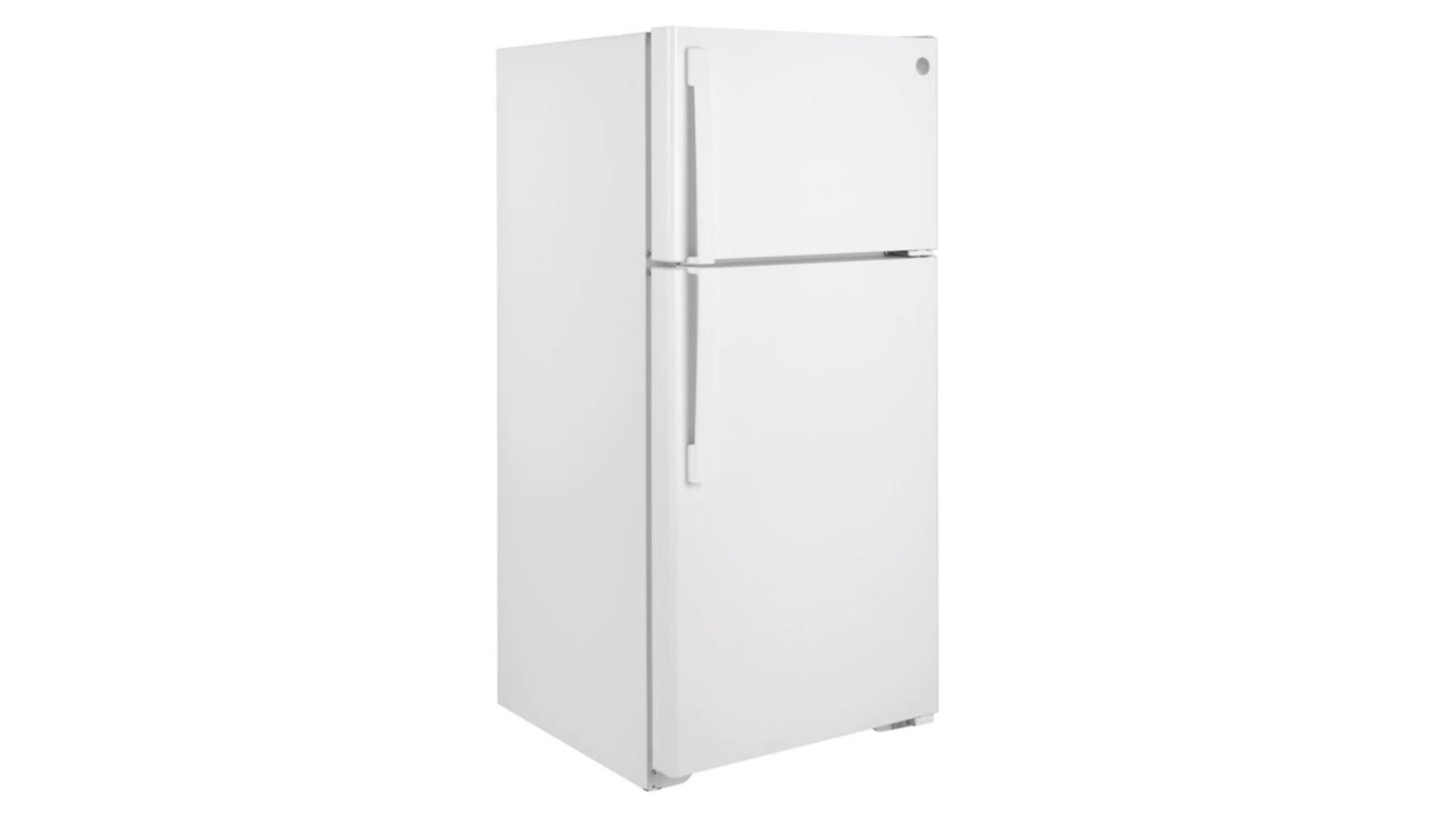If your washing machine won’t drain, it’s probably due to a faulty drain hose or a defective drain pump filter or because the drain pump has stopped working altogether.
Thankfully, the first two reasons are relatively easy to check and fix. If it’s the motor, you can replace it yourself if you have the right tools, or you might need to call a technician to do it for you.
If your washing machine won’t drain, here’s what to do.
Inspect the drain hose
The best place to start is to check the drain hose. During and after a wash cycle, the drain hose is how the water exits your washing machine. When the drain hose gets blocked with loose debris, your washing machine won’t drain.
Checking the drain hose is simple; all you need to do is:
- Start by pulling the washing machine out from the wall or the cabinet it is in. Don’t pull it out too quickly, as the hoses might get damaged.
- Once you’ve pulled the washing machine out, locate the drain hose.
- Once located, check the hose to see if it has any kinks or crimps that are causing the hose to be blocked. If so, straighten it out and check if the washing machine can now drain.
- If the hose doesn’t have any obvious kinks or crimps, remove the drain hose from both ends and check if the hose is blocked. If it is, remove the blockage. If it isn’t blocked, reattach the hose and move on to checking the drain pump filter. You’ll need to use a bucket when checking the hose to stop water from leaking onto the floor.
- Once you’ve removed the blockage, reattach the hose and check if the washing machine can now drain. If not, you’ll have to check the drain pump filter.
Inspect the drain pump filter
The purpose of the drain pump filter is to catch any debris in the washing machine so it doesn’t block the drain. If it has become clogged, your washing machine will stop draining, as the water cannot get past the filter.
Checking the drain pump filter is pretty straight-forward; you simply need to:
- Unplug the washing machine from the power socket or turn the circuit breaker off.
- Locate the drain pump filter – it’s at the bottom of the washing machine.
- Take the cover off the filter, and then disconnect the hose that is connected to the pump filter.
- Take the plug out of the drain hose, and then drain the hose.
- You should now be able to turn the filter and remove it.
- Once removed, give the filter and the area around where the filter goes a good clean.
- Once cleaned out, put the filter back in and reconnect the hose.
- You can now plug your washing machine back into the power and turn it on to a cycle. If the washing machine drains, the problem is fixed, and if not, you’ll need to check the drain pump.
Inspect the drain pump
The last (and hardest) component to check is the drain pump, which is responsible for draining your washing machine at the end of a cycle. Sometimes the pump becomes defective and stops working. When this happens, your washing machine will not be able to drain properly.
Before you replace the drain pump, you need to check if it is working or not; to do that:
- Turn your washing machine on to a cycle, and set the spin speed to high.
- Once the washing machine goes into drain mode, check if there is a humming sound coming from the washing machine. If there is, this means the drain pump is working and not the cause of the problem. However, if there isn’t a humming sound, this means it isn’t working, and it will need to be replaced.
Replacing the drain pump is quite difficult and should only be attempted if you’re familiar with working on appliances. If you are, this is how you replace the drain pump:
- Start by turning the power off.
- Put a towel down on the floor around the washing machine to catch any water that drips out during the repair.
- Unscrew the screws that hold the top panel of the washing machine in place, and then remove the panel.
- On the side of your washing machine, there should be a small door that you can open. Once you find the door, open it and remove the drain hose, followed by unscrewing the screw that is inside the door. You should then be able to remove the cover from the clean-out.
- Take the front panel off. To do this, you need to unscrew the screws that secure the panel in place and then remove the door by taking the band clamps off. You can then pull the boot away from the front panel and push it into the tub and disconnect the wire harnesses. The front panel should now come off (there may still be a couple of screws that need to be unthreaded).
- Locate the drain pump motor and disconnect all of the wires that are connected to it, followed by unthreading the screws that hold it in place. The motor should then be able to be taken out of the washing machine.
- Place the new motor in the correct position, and attach it into place by threading the screws back in.
- Once in place, you can reattach the wires and put the washing machine back together by reversing the steps in this guide.
- Once your washing machine is back together, plug it back into the power, and check if it now drains. Hopefully, at this point, your washing machine now works correctly. If not, you’ll have to get a technician to come and inspect it.

